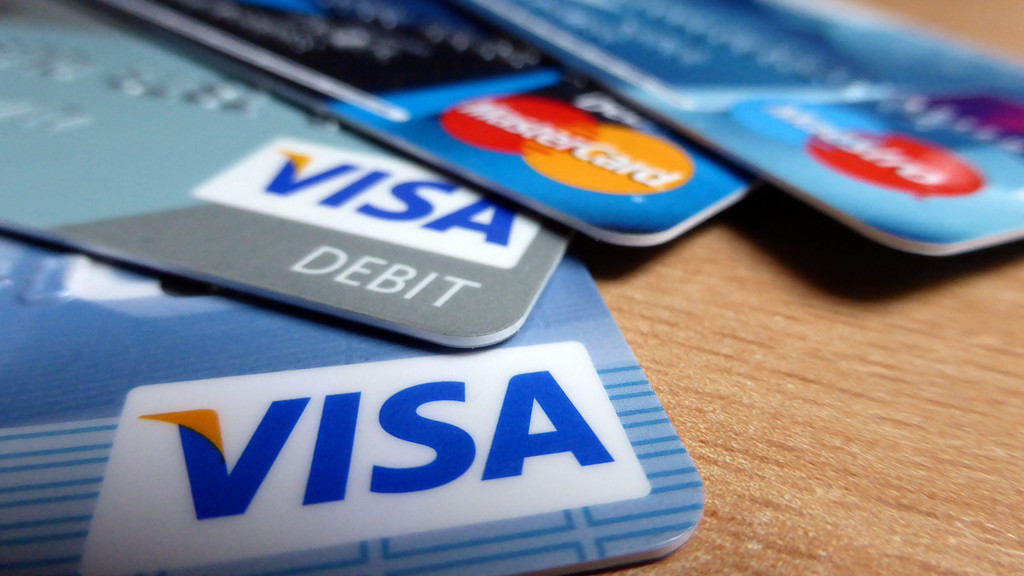
For many, buying online is still a source of doubt. And they are right: on some occasions, we must provide the details of our current account or card. Banks and other financial entities have launched virtual cards to minimize the risk. What differentiates them from credit or debit cards of a lifetime? What are the most interesting?
Virtual cards vs. classic cards
Virtual cards were born precisely for this new – not so much anymore – habit of buying online. As its name indicates, unlike traditional cards, they do not have a physical format. And that is, as we will see later, the main difference concerning prepaid cards. An advantage derived from this is that we cannot lose them if the wallet is lost.
Of course, even if we do not have that piece of cardboard in the wallet, we will have the information we usually find printed on it: our name, the number, expiration date, and the security code. The same as physical cards. It will be precisely these data that we use in our online transactions.
Since there is no card in physical format, we cannot pass it through the readers of physical stores … unless we link this card to payment platforms such as Apple Pay, Google Pay, Garmin Pay, and the like.
The key to virtual cards is that we are the ones who manually load your funds, so these are limited and controlled. If I want to buy a Redmi Note 8 Pro on Aliexpress and its price is 173 euros, I would recharge this amount promptly to carry out the transaction. That would be the maximum money I can spend, not one euro more since they don’t work on credit.
As they are also not directly linked to our financial products, if someone tried to steal from our card and succeeded, they would only be able to access your funds.
These virtual cards designed to buy online are also managed through the Internet so that recharges and other operations take immediate effect.
What to consider when choosing a virtual card
When we acquire any other financial product, we must know in advance what the expenses are derived from having a virtual card. That is, the cost of contracting, maintenance, and if there are commissions for carrying out operations.
However, it is worth asking our bank since, on some occasions, they can offer us virtual or prepaid cards with good conditions derived from our status as customers.
Among the options, we find some whose issuance and maintenance are free, and others charge for it. Likewise, there are also virtual cards that do not charge for recharging them.
Since we will use it to buy, it is important to know the fund limit and if there is a minimum deposit to be made. And if the idea is to buy abroad, we will also pay attention to whether there are taxes on the currency exchange.
If we are interested in linking it to a payment platform to use in physical stores with our mobile or watch, we must also verify if it is compatible. Another option to pay in shops in person is the prepaid card modality. Although this article focuses on virtual ones, we have included some in this format.
As with any other card, it is worth taking a look at the protection they offer: sending SMS, coverage against fraud, insurance, etc., something that we usually find by reading the fine print of the contract.
Virtual cards
When choosing a virtual (or prepaid) card, we will find products from traditional banking entities and fintech companies in the form of mobile banks that cover the classic functions to a greater or lesser extent. Below are the most interesting virtual cards and their main features.
|
BANKIA |
VIRTUAL BBVA |
E-CASH BANCO SANTANDER |
LA CAIXA PREPAID CYBERCARD |
ECARD OPENBANK |
NEXT |
REVOLT |
REBELLION |
BOON |
|||||
|---|---|---|---|---|---|---|---|---|---|---|---|---|---|
|
OPENING COMMISSION |
free (customers) |
free (customers) |
free (customers) |
free (customers) |
free (customers) |
free (customers) |
free (customers) |
free (customers) |
free (customers) |
||||
|
MAINTENANCE COMMISSION |
free |
free |
Free if we make 3 purchases/year. but 9 euros |
10 euros |
free |
free |
free |
free |
free |
||||
|
RECHARGE FEE |
free |
free |
free |
1% commission |
free |
free |
free |
free |
free |
||||
|
RECHARGE LIMIT |
€1,500 |
600 euros |
From 6 to 1,650 euros |
€1,500 |
From 1 to 3,000 euros |
Up to 3,000 euros (if we load it from another card, the minimum amount is 25 euros) |
na |
na |
Bankia Virtual Card

Bankia has a specific virtual card which meets all the previously listed requirements: it has no physical support and works with a prepaid system. It does not have fees or commissions, but you must be a client of this entity to request it.
The maximum that we can recharge is 1,500 euros, but we can spend what we want, so if we intend to buy something for 3,000 euros, for example, we can make two recharges. This charge of money is instantaneous through other products of the same bank, such as the account or other cards.
BBVA Virtual Card
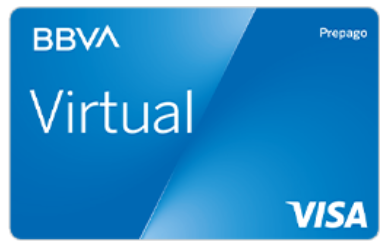
BBVA has a virtual card, although it also has a prepaid card that we can use similar, but in a physical format: the ” Antes BBVA “, also available in a youth version.
As its name indicates, the BBVA Virtual card does not have physical support and can be requested by customers of this bank without issuance, maintenance, fees, or commissions. To contract it, you only need an email and a personal identification number.
The maximum recharge amount is 600 euros and can be done from ATMs, telephone, internet, apps, or the branch
Santander Bank e-Cash Card

Banco Santander customers also have the e-Cash virtual prepaid card available at their entity. This card issued by Mastercard is free during the first year and, if we make three purchases during this year, we will not pay a maintenance fee. Otherwise, we will have to pay 9 euros.
Recharging the card is free, and can be done from the app, by phone, the branches, and financial products of this bank. Of course, we will not be able to enter less than 6 euros or more than 1,650 euros.
Every time we make a transaction, we will receive an SMS code to authorize it. It also includes accident insurance of up to 120,000 euros.
La Caixa prepaid cybercard
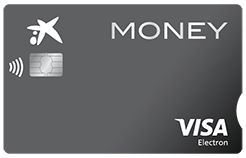
At La Caixa there are two similar products in terms of characteristics: a prepaid card and a virtual one. In both cases, even though we are clients, they include a series of expenses for having and using them.
The first is the VISA Money, a free prepaid card for the first year (10 euros the following) that allows top-ups of up to 1,500 euros for purchases in physical stores and on the Internet.
If what we want is strictly a virtual card, then the prepaid Cybercard will be more interesting. It is free during the first year and, as with the physical modality, has an annual cost of 10 euros.
Every time we recharge the card we will have to pay a commission of 1%, something that we can do instantly from ATMs, virtual banking, and branches. Includes service against fraud and theft.
Openbank eCard
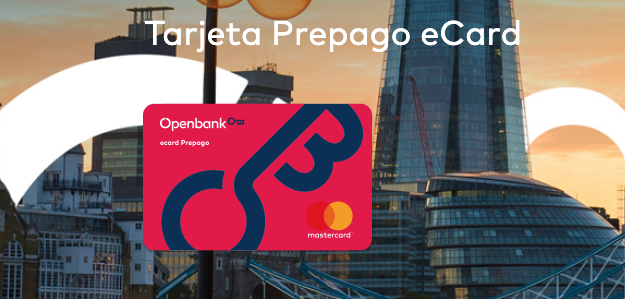
The Openbank eCard is one of the most interesting cards in terms of cost and benefits, although it requires us to be customers.
It is free and without commissions both for issuance and for maintenance or recharging, something that we can do from one euro up to 3000 euros from Banco Santander ATMs or online. Includes free accident insurance and free SMS alert service.
Twyp
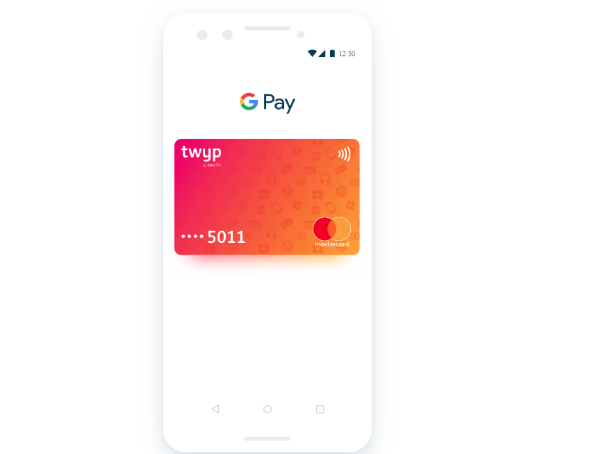
Twyp is an ING product that includes an app and a virtual card compatible with Google Pay so in addition to using it for online purchases, it can be used in physical stores. Twyp has no opening or maintenance fees. This service allows you to make transfers between individuals and withdraw money from stores such as El Corte Inglés, Día, Clarel, Galp, or Shell. In addition, it provides 4% cash back at Galp, Shell, and DISA gas stations.
next
 Bnext is a Spanish fintech that works in a similar way to a bank, that is, offering us an account and credit and debit cards, all through its application. The cards of this bank are especially interesting for traveling , since it allows you to withdraw money from ATMs, returning commissions.
Bnext is a Spanish fintech that works in a similar way to a bank, that is, offering us an account and credit and debit cards, all through its application. The cards of this bank are especially interesting for traveling , since it allows you to withdraw money from ATMs, returning commissions.
If we create an account at Bnext, we will have your prepaid card issued by VISA to which we can make transfers from an account or other cards, in the first case without a minimum limit and in the second from 25 euros. Its issuance and first year of use is free and there is no fee to renew it. Its limit is 2,000 euros per calendar month.
Revolt

Revolut follows in the footsteps of the previous one as a mobile bank, offering services such as cryptocurrency trading. In addition, it is compatible with Apple Pay.
It is possible to be a Revolut customer in three modalities: the free one, the “Premium” (7.99 euros/month), and the “Metal” (13.99 euros/month), although in the free version, they offer us the prepaid card Revolut Standard in a virtual format with the option to convert it into a physical one.
In addition to paying for purchases online, the Revolut Standard allows you to withdraw up to 200 euros for free at ATMs (after 2%) and applies the exchange rate without commissions in operations such as withdrawing money or payments abroad, so it is very interesting for travel
Thus, we can spend, transfer or exchange money at the interbank exchange rate of up to 6,000 euros for free (after a 0.5% commission), carry out transactions at the interbank exchange rate, or make global transfers without commissions. If we opt for Premium and Metal modalities, the number of withdrawals at ATMs increases, they offer refunds on payments and access to insurance among other features.
Rebellion
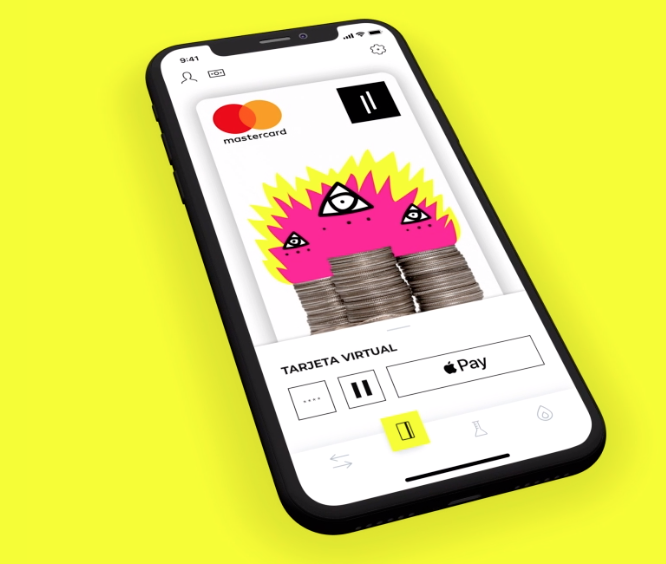
Rebellion is another mobile bank that offers a prepaid card that is compatible with Apple Pay and Google Pay. There are two modalities, one free and the other paid premium, although this is not yet available in Spain.
When you create the account you will have access to a virtual card issued by Mastercard that has a card number and an account number associated with it. The issuance and maintenance of the virtual card is free and, if we want to convert it into a physical one, its cost is also free.
As we read in its terms and conditions, we can spend up to 3,000 euros per month and make up to 20 daily purchases. In case of buying in another currency, the exchange rate set by Mastercard is applied.
With this free account, we can also withdraw money or make transfers (anywhere in the world) at no cost up to 500 euros per month in both cases, which also makes it an interesting option for travel.
Boon
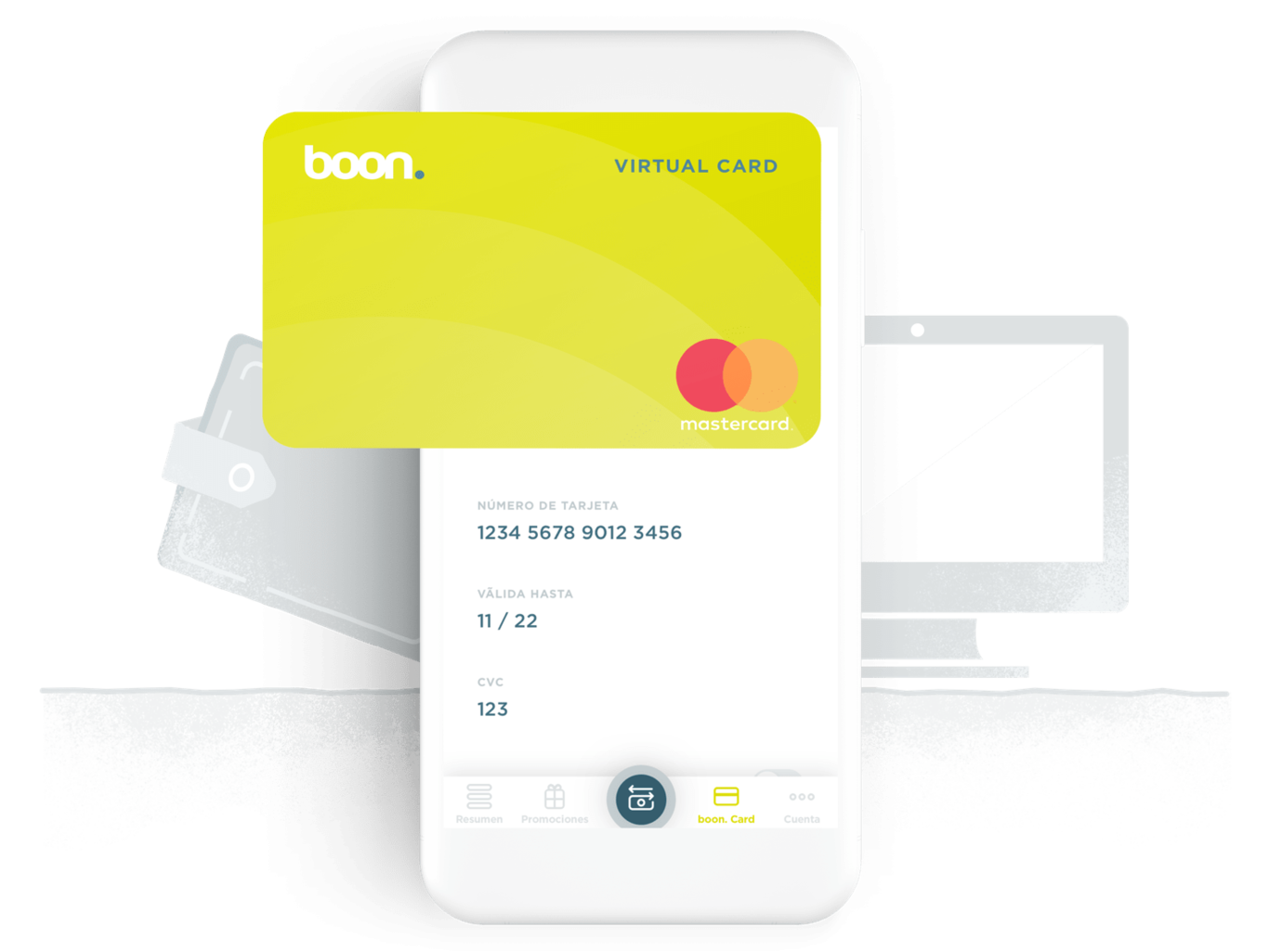
Fintech Boon offers two plans, one basic and one more premium – both free – with additional features such as the ability to pay worldwide, send money to other users of the platform, or recharge accounts from any bank account.
In both cases, a virtual Mastercard prepaid card is offered for free and without maintenance or recharge fees. Of course, the balance or transfer limits are higher in the Plus mode.
Thus, while in the simple one, we can have a maximum balance of 250 euros, in the most complete it reaches 5,000 euros, precisely the same figure that we can load monthly.
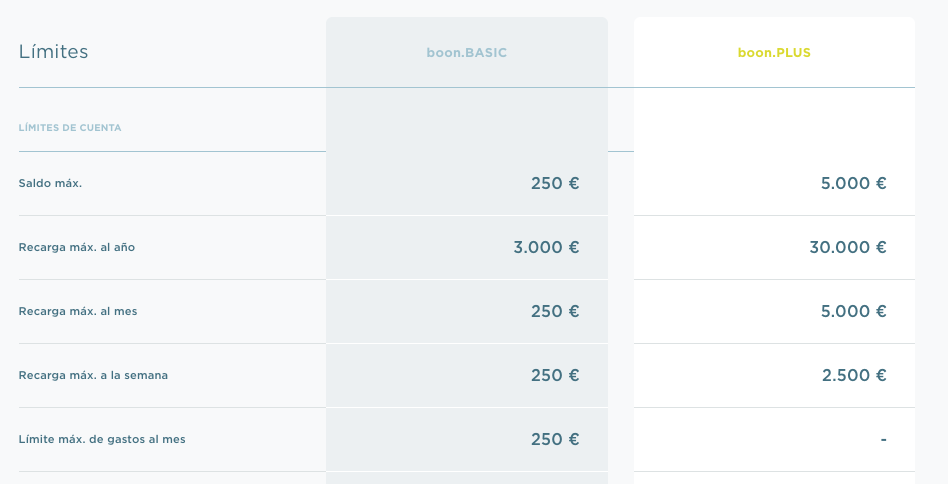
The conditions of each one are detailed on the Boon website.

Sharlene Meriel is an avid gamer with a knack for technology. He has been writing about the latest technologies for the past 5 years. His contribution in technology journalism has been noteworthy. He is also a day trader with interest in the Forex market.











